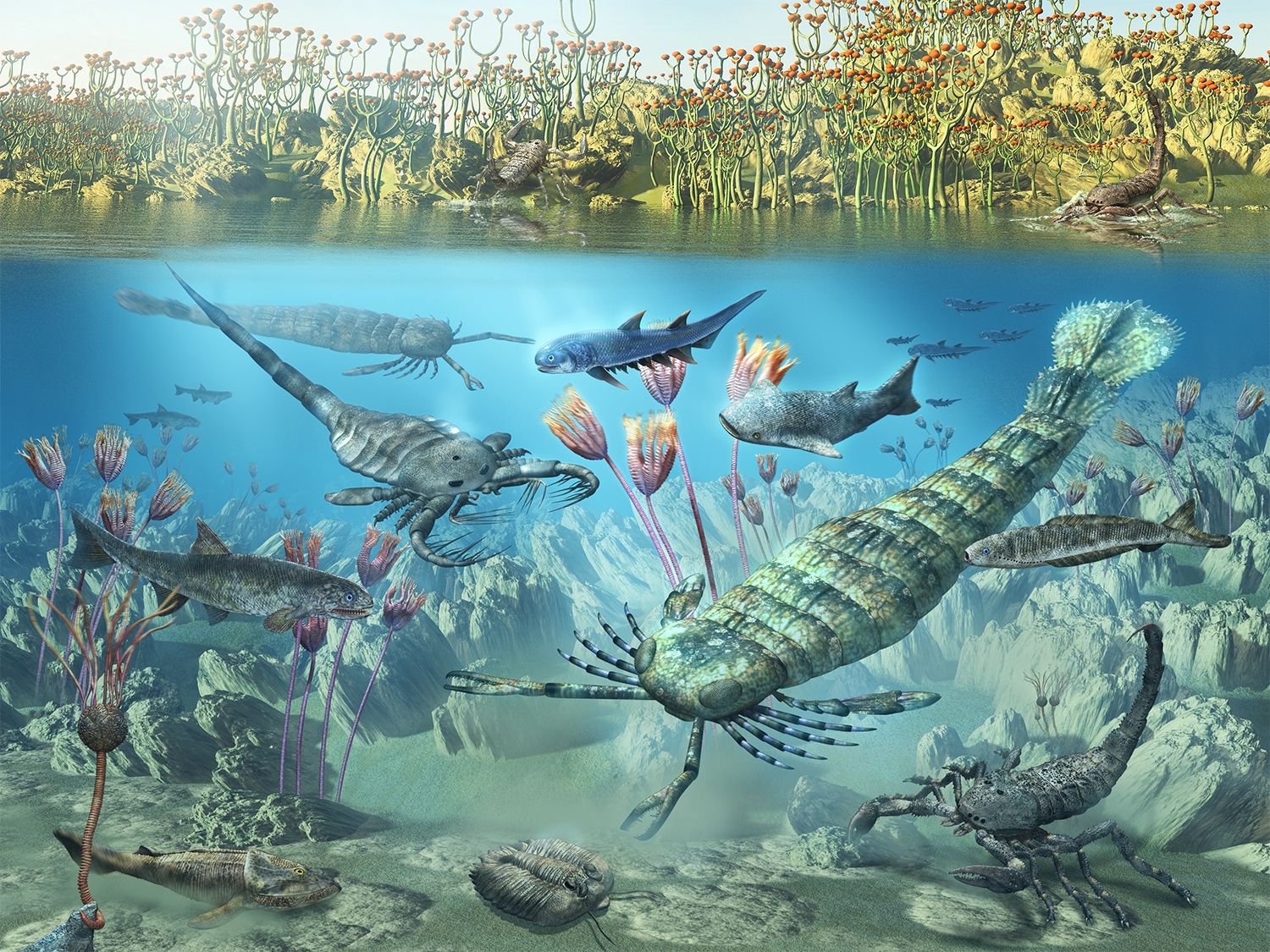Animals have passed through the evolutionary crucible of mass extinctions at least five times. There were the Ordovician-Silurian and Devonian extinctions (440 million and 365 million years ago, respectively), which killed off many marine organisms. Then two more, which affected oceanic vertebrates and terrestrial animals. The last mass extinction, which occurred about 66 million years ago at the end of the Cretaceous Period, wiped out about 75% of plants and animals, including dinosaurs. However, it seems that there was another one that preceded all others.
The Ediacaran period is the third c last geological period of the Neoproterozoic, before the Cambrian period of the Paleozoic Era. We need to mentally transport ourselves to 550 million years ago. Scholars have always described this geological era as characterized only by the presence of simpler living organisms (single-celled), even though these statements have been the subject of several controversies since a footprint of a legged animal was discovered in Nevada in 2008 dating back to 570 million years ago.
Aside from the disputes, another very interesting discovery is about the Ediacaran: it seems to be the period when the earth witnessed the about 80% disappearance of the life forms present, without leaving traces in the fossil record.
Learn from the past
A new study suggests these missing fossils point to a mass extinction event. The revelations indicate that the first communities of large and complex animals were killed by a fortress overall decrease in oxygena discovery that may have implications for modern ocean ecosystems threatened by human activities.
“This represents the oldest known extinction event in the animal fossil record,” said lead author Scott Evans, a research scientist at Virginia Tech. “It’s consistent with all major mass extinctions. It’s related to climate change.”
“We looked at the pattern of selectivity — what went extinct, what survived, and what thrived after the extinction,” said study co-author Shuhai Xiao, a professor of geobiology at Virginia Tech. “It has been found that organisms that cannot tolerate low oxygen levels have been selectively eliminated.”
But why oxygen levels plummeted in the Ediacan years remains a mystery. Volcanic eruptions, tectonic plate movements and asteroid impacts are all possibilities, Evans said, as are less dramatic explanations, such as changes in ocean nutrient levels.
The findings may also teach us about human threats to aquatic life. Various agricultural and wastewater treatment practices have introduced nutrients such as phosphorus and nitrogen into marine and river ecosystems, increasing the amount of algae that degrades in the water. they consume oxygen. The proliferation of “dead zones,” where water oxygen levels are too low to support life, may present similar challenges for modern animals.
The researchers have published their findings in the journal Proceedings of the National Academy of Sciences
Source: Lega Nerd
I am Bret Jackson, a professional journalist and author for Gadget Onus, where I specialize in writing about the gaming industry. With over 6 years of experience in my field, I have built up an extensive portfolio that ranges from reviews to interviews with top figures within the industry. My work has been featured on various news sites, providing readers with insightful analysis regarding the current state of gaming culture.












